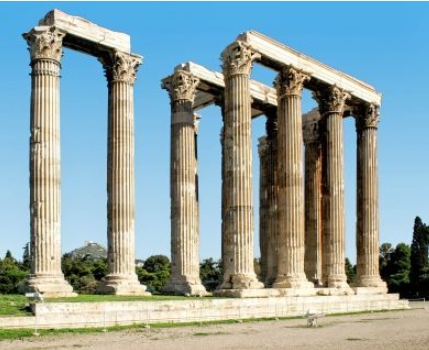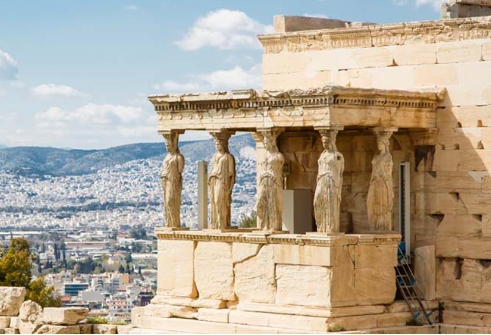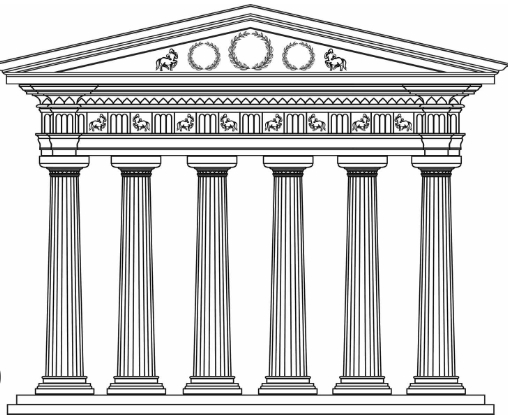Greek Architecture Design is one of the most influential styles in classical architecture. It not only shaped the urban landscape of ancient Greece, but also had a profound impact on the architectural art of later generations. Greek architecture is known for its simplicity, symmetry and elegance, and columnar design in particular has become one of its most iconic features. The three major Greek columns—Doric, Ionic, and Corinthian—show the pursuit of details and aesthetics in Greek architecture.
In Greek architectural design, temples are the most representative architectural form. The Parthenon, the pinnacle of ancient Greek architecture, perfectly embodies the Greeks’ mastery of proportion, balance, and geometry. The exteriors of temples are often decorated with intricate reliefs, showing mythological stories and historical events, becoming symbols of ancient social culture and religion. It was through these buildings that the Greeks carved their beliefs and philosophical concepts in stone and passed them on to future generations forever.
In addition, Greek statues are also an integral part of Greek architectural design. Statues, often placed in temples, squares and public buildings, represent the perfect form and strength of man. Greek statues depict the beauty and proportion of the human body in a realistic way, complementing the architecture and forming a harmonious and unified work of art. Whether they are gods, heroes or ordinary people, these statues express the ancient Greeks’ reverence for life, the human body and nature through superb craftsmanship.
Overall, the influence of Greek architectural design is not limited to ancient times; its columnar structure, symmetrical aesthetics, and sculptural decoration are still widely used in modern architecture today. Whether it is a grand public building or a private residence, Greek-style design continues to inspire architects and artists with its timeless beauty and classical spirit.



